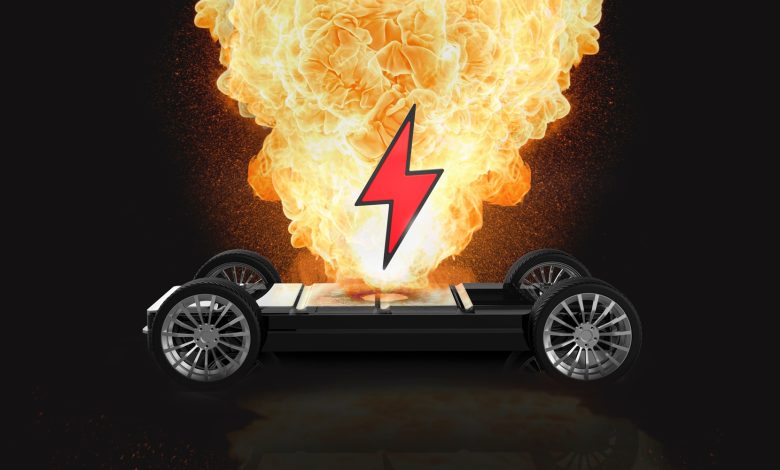
Questions flare over e-battery safety
The charging of lithium-ion batteries for devices such as e-bikes and e-scooters are a major challenge for bodies corporate
As if resident managers don’t have enough to deal with each day, the potential for overheating batteries to burst into flames can now be added to the list.
With the rapid growth in popularity of devices powered by lithium-ion batteries comes an equally rapid growth in accidents caused by faulty chargers.
Frank Higginson’s management rights legal column is published in Resort News – subscribe HERE
With holidaymakers likely to bring e-scooters, e-bikes, drones, and other rechargeable devices with them on vacation, it is only a matter of time before a fire breaks out in a lot, causing damage and threat to life.
We predicted at the end of 2023 that the charging of lithium-ion batteries for devices such as e-bikes and e-scooters would be a major challenge for bodies corporate in 2024.
Just days after we made that prediction four renters were forced to flee through a window as their apartment went up in flames when a recharging e-bike battery overheated and exploded in Bondi.
When lithium-ion batteries go up, they go up fast and they go up strong, with a plume of noxious fumes at their core. They’re difficult to extinguish with water or a fire extinguisher and can reignite easily.
The issue raises many questions for resident managers.
If a lot owner or a body corporate says they don’t want any e-devices in their unit or the building, can a resident manager enforce that ruling for incoming guests? How do they actually do that? Personally inspect luggage? Is that direction even lawful? How would this apply to the outside rental agents that owners might be using?
Will rental Terms and Conditions need to include a declaration from the guest that no devices will be charged in the room? How about in the basement garage? What repercussions can flow if there is an e-fire in a guest’s room? Can they or a resident manager be held liable for repairs? What do the insurance policies for all say?
Luckily no one was seriously hurt in the Bondi incident and the damage was contained to the one apartment – though it was destroyed. In cases like this, will insurance cover the repairs or will insurers now include the risk in their reappraisal of premiums?
Insurers are already adjusting their strata policies in response to major weather events. How strata in North Queensland will go after the multiple cyclones this season will be a huge issue later this year as policies start to be renewed. Surely, they will do the same to account for the potential risk posed by lithium-ion batteries.
Add into the mix the issue of combustible cladding on highrise buildings and you have a situation bound to attract the scrutiny of the actuary’s eye.
When every e-bike battery is a potential firebomb, what can be done to prevent a possibly tragic event?
The Queensland Fire and Emergency Service (QFES) recommends charging e-bikes and e-scooters in well-ventilated areas, such as a garage or carport, and never in living areas or anywhere that may be exposed to direct sunlight or other sources of heat.
One option would be to provide a safe place for devices to be charged outside of individual lots. But that would pose its own challenges where basements might not have sprinklers installed, and water might not be the best way to extinguish these fires. It would also question the wisdom of having multiple devices being charged in close proximity.
There is also the ever-present risk of moral panic and people over-reacting. It’s doubtful that a body corporate could pass a valid by-law that would ban the devices from a scheme altogether – and even more doubtful that such a by-law could be enforced.
As with many issues in community living, the solution may come down to calm discussion and education of lot owners and residents about the potential dangers posed by charging e-bikes and e-scooters overnight inside individual lots.
The QFES recommends checking that chargers carry the necessary Regulatory Compliance Mark to show they meet Australian Standards and to only use chargers recommended by the device manufacturer with the correct voltage and current for the device.
As with any new technology, there are more questions than answers.
But it is fair to say that these questions will not go away, and resident managers will be tasked with finding some answers — and finding them sooner rather than later.
The new summer print edition of AccomNews is available now. Read it HERE
Search Management Rights or accommodation business HERE
Frank Higginson is a partner at Hynes Legal and specialises in body corporate law and management rights.






